Home>Home Appliances>Home Automation Appliances>How To Set Timer On Thermostat
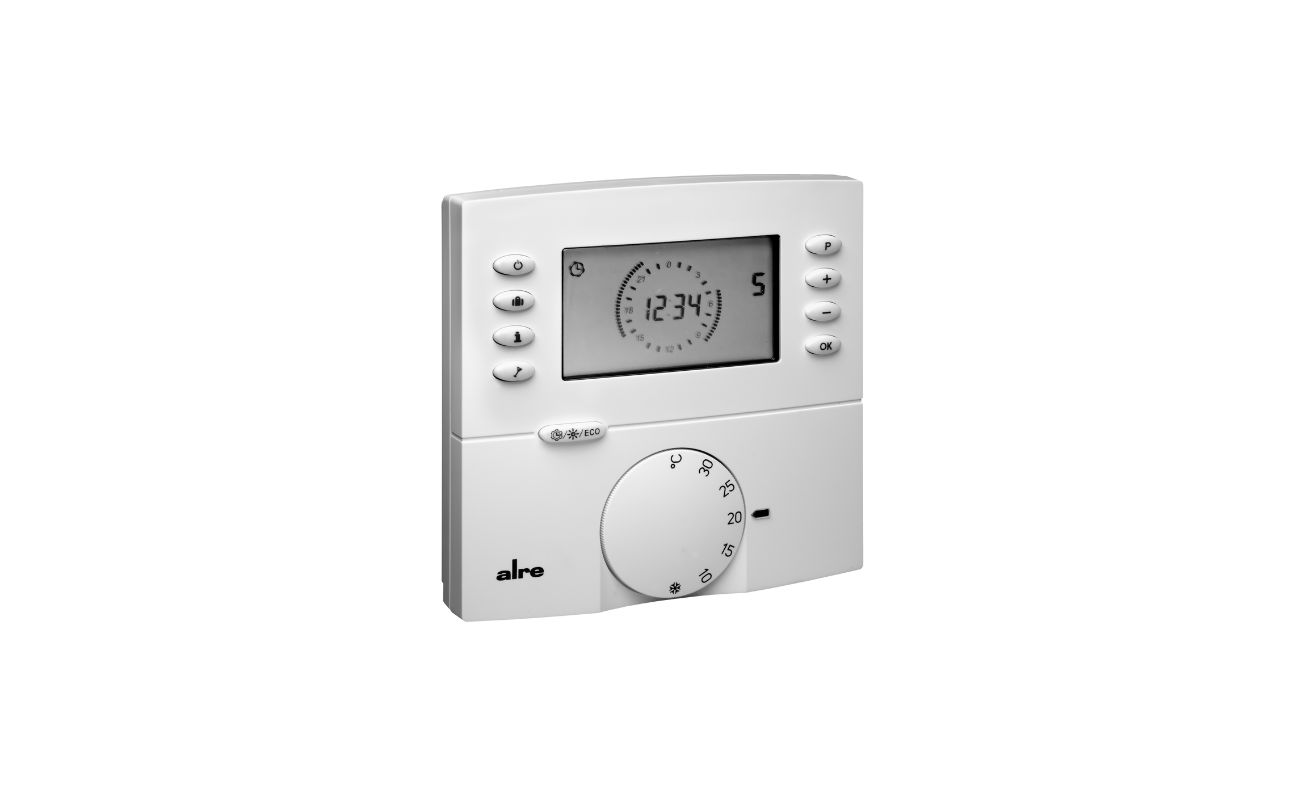

Home Automation Appliances
How To Set Timer On Thermostat
Modified: January 24, 2024
Learn how to set a timer on your thermostat for efficient energy usage and comfort at home. Get the best tips for home automation appliances. Improve your energy management now!
(Many of the links in this article redirect to a specific reviewed product. Your purchase of these products through affiliate links helps to generate commission for Storables.com, at no extra cost. Learn more)
Introduction
Welcome to the world of home automation, where convenience meets efficiency. In this article, we will delve into the fascinating realm of thermostat timers, a feature that can revolutionize the way you control the temperature in your home. Whether you are looking to reduce energy consumption, create a comfortable environment, or simply streamline your daily routine, understanding how to set a timer on your thermostat is a valuable skill.
Thermostats have evolved significantly over the years, transitioning from simple temperature control devices to sophisticated systems that offer a myriad of features, including programmable timers. These timers allow you to schedule temperature adjustments throughout the day, aligning with your lifestyle and preferences.
By mastering the art of setting a timer on your thermostat, you can optimize your energy usage, save on utility bills, and ensure that your living space is always at the perfect temperature when you need it. So, let's embark on this journey to unlock the potential of your thermostat's timer feature and harness the power of home automation to enhance your daily life.
Key Takeaways:
- Mastering your thermostat’s timer feature allows you to create a personalized schedule for temperature adjustments, optimizing comfort and energy usage based on your daily routine and preferences.
- By adjusting timer settings to accommodate changes in your routine, seasonal variations, and special events, you can ensure that your thermostat remains in sync with your dynamic lifestyle, providing a seamless and energy-efficient experience.
Read more: How To Use Outdoor Timer
Understanding Your Thermostat
Before diving into the specifics of setting up the timer, it's essential to familiarize yourself with the thermostat itself. Thermostats come in various types, including manual, programmable, and smart thermostats, each offering distinct functionalities.
A manual thermostat requires manual adjustment to regulate the temperature, offering basic control without advanced features such as timers. On the other hand, programmable thermostats provide the flexibility to schedule temperature changes throughout the day, optimizing energy usage and comfort. Smart thermostats, equipped with internet connectivity and advanced sensors, offer remote access and intelligent learning capabilities, further enhancing energy efficiency and convenience.
When exploring your thermostat, take note of the interface and available buttons or touchscreen controls. Some thermostats have dedicated buttons for setting up timers, while others may require navigation through menu options. Understanding the user interface is crucial for seamless navigation and configuration.
Additionally, familiarize yourself with the heating and cooling settings on your thermostat. This includes identifying the modes for heating, cooling, and fan operation. Understanding these settings will enable you to program the timer to align with your preferred temperature adjustments based on the time of day and your daily routine.
Furthermore, if you have a programmable or smart thermostat, acquaint yourself with the available scheduling options. These thermostats often offer multiple daily schedules, allowing you to customize temperature settings for different times, such as mornings, afternoons, evenings, and nights. Understanding the scheduling capabilities will empower you to tailor the timer to suit your specific lifestyle and comfort requirements.
By gaining a comprehensive understanding of your thermostat's type, interface, settings, and scheduling options, you will be well-prepared to embark on the next step: setting up the timer to maximize the efficiency and comfort of your home environment.
Setting Up the Timer
Now that you have familiarized yourself with your thermostat, it’s time to embark on the exciting process of setting up the timer. This feature empowers you to create a customized schedule for temperature adjustments, aligning with your daily routine and comfort preferences.
Begin by accessing the timer settings on your thermostat. Depending on the model, this may involve pressing a designated button, navigating through a menu, or accessing the timer feature on a touchscreen interface. Once you have located the timer settings, you are ready to initiate the setup process.
When setting up the timer, consider your typical daily schedule. Identify the times when you would like the temperature to be adjusted, such as when you wake up in the morning, leave for work, return home, and go to bed. Most thermostats offer the flexibility to create multiple time slots for temperature changes throughout the day.
For instance, you might want the thermostat to lower the temperature during the day when the house is unoccupied to conserve energy, and then raise it just before you return home to ensure a comfortable environment upon your arrival. By strategically programming these temperature adjustments, you can optimize energy usage without sacrificing comfort.
When inputting the temperature settings for each time slot, consider factors such as your preferred temperature for different times of the day, the duration of each temperature adjustment, and the transition between heating and cooling modes if applicable. Some thermostats also offer the option to set different schedules for weekdays and weekends, accommodating variations in your routine.
As you set up the timer, take advantage of any pre-programmed schedule templates that align with common daily routines. These templates can serve as a convenient starting point, allowing you to fine-tune the settings to suit your individual preferences.
Once you have inputted the desired temperature settings for each time slot, review and confirm the schedule to ensure that it accurately reflects your daily routine and comfort requirements. With the timer successfully set up, your thermostat is now equipped to autonomously manage temperature adjustments, providing a seamless and energy-efficient experience tailored to your lifestyle.
To set a timer on your thermostat, locate the “schedule” or “timer” button on the device. Use the arrows to set the desired time and temperature for each period, such as morning, afternoon, and evening. This will help you save energy and keep your home comfortable.
Adjusting Timer Settings
After setting up the initial timer schedule, you may find the need to make adjustments based on changes in your routine, seasonal variations, or specific events. Fortunately, most thermostats offer the flexibility to modify timer settings with ease, empowering you to adapt to evolving circumstances while maintaining optimal comfort and energy efficiency.
When it comes to adjusting timer settings, begin by accessing the timer menu or interface on your thermostat. This may involve navigating to the existing schedule and selecting the option to modify or edit the settings. Once you have entered the timer adjustment mode, you can proceed to make the necessary changes to the schedule.
If your daily routine has undergone a shift, such as a new work schedule or changes in occupancy patterns at home, you can modify the existing time slots and temperature settings to align with the updated schedule. Whether it involves adding, removing, or adjusting time slots, the ability to fine-tune the timer settings ensures that your thermostat remains synchronized with your lifestyle.
Seasonal changes also warrant adjustments to the timer settings. As the weather transitions from one season to another, your heating and cooling requirements may vary, necessitating modifications to the temperature schedule. For instance, you might need to adjust the timing and duration of temperature changes to accommodate shifts in outdoor temperatures and daylight patterns.
Special events or occasions may prompt temporary alterations to the timer settings. If you are hosting a gathering at home or planning to be away for an extended period, you can temporarily override the existing schedule to ensure that the temperature aligns with the specific needs of the event or absence. Many thermostats offer temporary hold or override functions for such scenarios.
When making adjustments to the timer settings, take advantage of any advanced features offered by your thermostat, such as vacation mode, adaptive learning, or geofencing. These features can further enhance the flexibility and intelligence of the timer, allowing the thermostat to adapt to your behavior and preferences automatically.
By leveraging the ability to adjust timer settings, you can ensure that your thermostat remains in sync with your dynamic lifestyle, seasonal changes, and special events, providing a seamless and personalized experience that optimizes comfort and energy efficiency.
Tips for Using the Timer
Mastering the timer feature on your thermostat opens up a world of possibilities for optimizing energy usage, enhancing comfort, and simplifying your daily routine. To make the most of this valuable functionality, consider the following tips and best practices for using the timer effectively.
- Align the Schedule with Your Routine: When setting up the timer, align the temperature schedule with your typical daily routine. This includes programming temperature adjustments for waking up, leaving the house, returning home, and going to bed. By tailoring the schedule to your lifestyle, you can ensure that the thermostat optimally manages the temperature based on your activities.
- Utilize Pre-Programmed Templates: Many thermostats offer pre-programmed schedule templates designed to accommodate common routines. Take advantage of these templates as a starting point, and then customize the settings to better suit your specific needs. This can streamline the initial setup process and provide a solid foundation for further adjustments.
- Consider Zoning and Occupancy: If your home has zoning capabilities or multiple occupancy zones, leverage the timer to create customized schedules for each zone. This allows you to tailor the temperature settings based on the usage and occupancy patterns in different areas of your home, optimizing comfort and energy efficiency.
- Adapt to Seasonal Changes: As the seasons change, adjust the timer settings to accommodate shifts in outdoor temperatures and daylight patterns. This may involve modifying the timing and duration of temperature adjustments to ensure optimal comfort and energy savings throughout the year.
- Explore Advanced Features: Familiarize yourself with any advanced features offered by your thermostat, such as adaptive learning, geofencing, or vacation mode. These features can enhance the intelligence and adaptability of the timer, allowing the thermostat to autonomously adjust to your behavior, location, and specific needs.
- Regularly Review and Update Settings: Periodically review the timer settings to ensure that they align with your current routine and preferences. Make adjustments as needed to accommodate changes in your schedule, occupancy patterns, or lifestyle, ensuring that the thermostat continues to operate optimally.
By implementing these tips and leveraging the capabilities of your thermostat’s timer, you can create a tailored and energy-efficient temperature schedule that seamlessly integrates with your lifestyle, providing comfort and convenience while minimizing energy consumption.
Read more: How To Set A Lamp Timer
Conclusion
As we conclude our exploration of thermostat timers, it’s evident that this feature holds the key to unlocking a harmonious blend of comfort, convenience, and energy efficiency within your home. By understanding your thermostat, setting up the timer, and mastering its usage, you have the power to tailor your indoor environment to align with your lifestyle while optimizing energy consumption.
Thermostat timers offer a dynamic and customizable approach to managing temperature adjustments throughout the day, allowing you to create a personalized schedule that reflects your daily routine and comfort preferences. Whether you are waking up to a cozy environment, returning home to the perfect temperature, or conserving energy during periods of absence, the timer empowers you to orchestrate a seamless and efficient heating and cooling experience.
Furthermore, the ability to adjust timer settings, adapt to seasonal changes, and explore advanced features enhances the flexibility and intelligence of your thermostat, ensuring that it remains in sync with your dynamic lifestyle and evolving needs. By leveraging these capabilities, you can create a tailored temperature schedule that optimizes comfort and energy usage while effortlessly integrating with your daily activities.
As you continue to harness the potential of thermostat timers, remember to periodically review and update the settings to accommodate changes in your routine, occupancy patterns, and seasonal variations. By staying attuned to your evolving lifestyle, you can ensure that your thermostat continues to operate optimally, providing a seamless and energy-efficient solution for maintaining a comfortable indoor environment.
In the ever-evolving landscape of home automation, thermostat timers stand as a testament to the transformative power of technology in enhancing our daily lives. By embracing this feature, you are not only optimizing energy usage and comfort but also embarking on a journey towards a more sustainable and efficient home environment.
With the knowledge and insights gained from this exploration, you are well-equipped to harness the full potential of thermostat timers, shaping your home into a haven of comfort, efficiency, and personalized control.
Frequently Asked Questions about How To Set Timer On Thermostat
Was this page helpful?
At Storables.com, we guarantee accurate and reliable information. Our content, validated by Expert Board Contributors, is crafted following stringent Editorial Policies. We're committed to providing you with well-researched, expert-backed insights for all your informational needs.
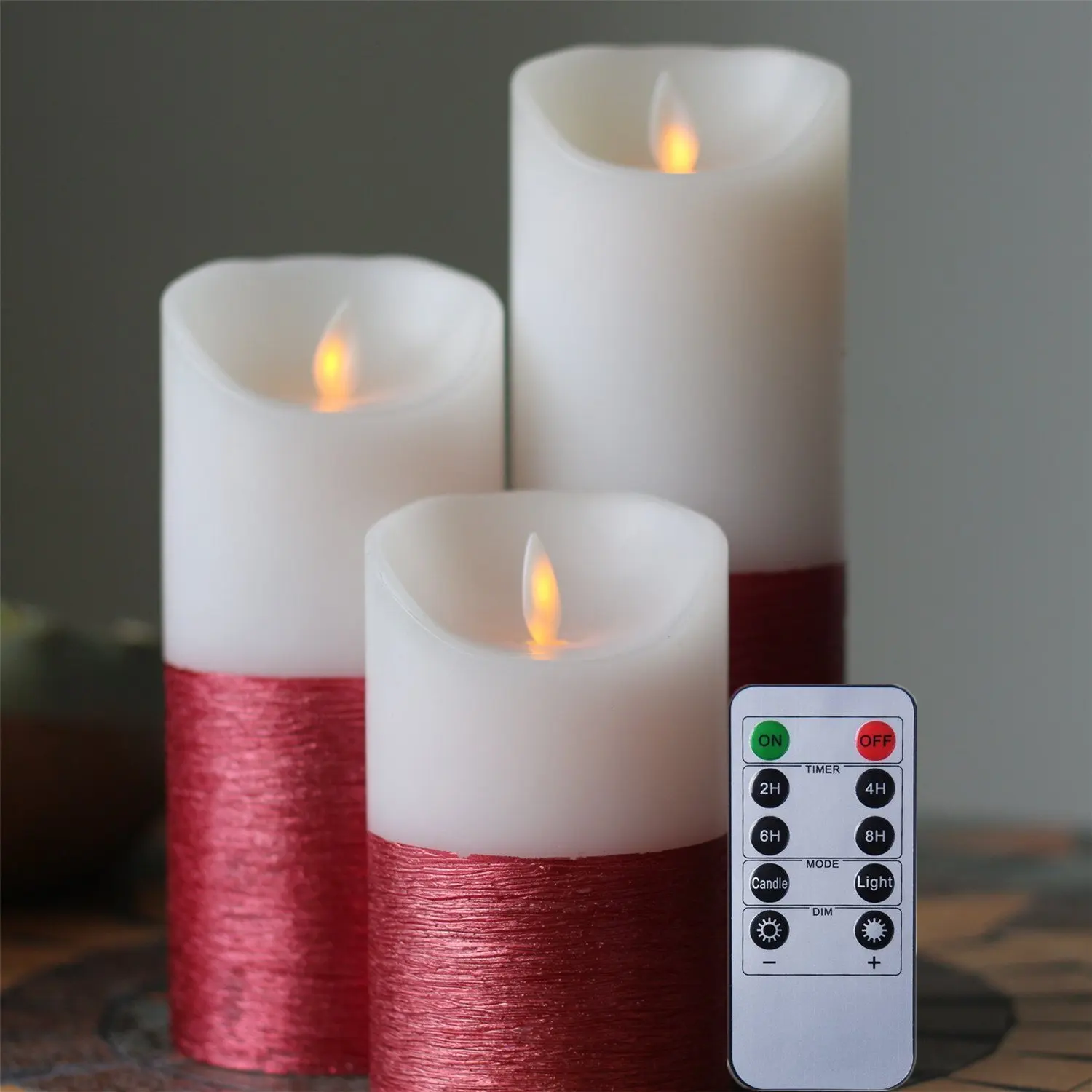
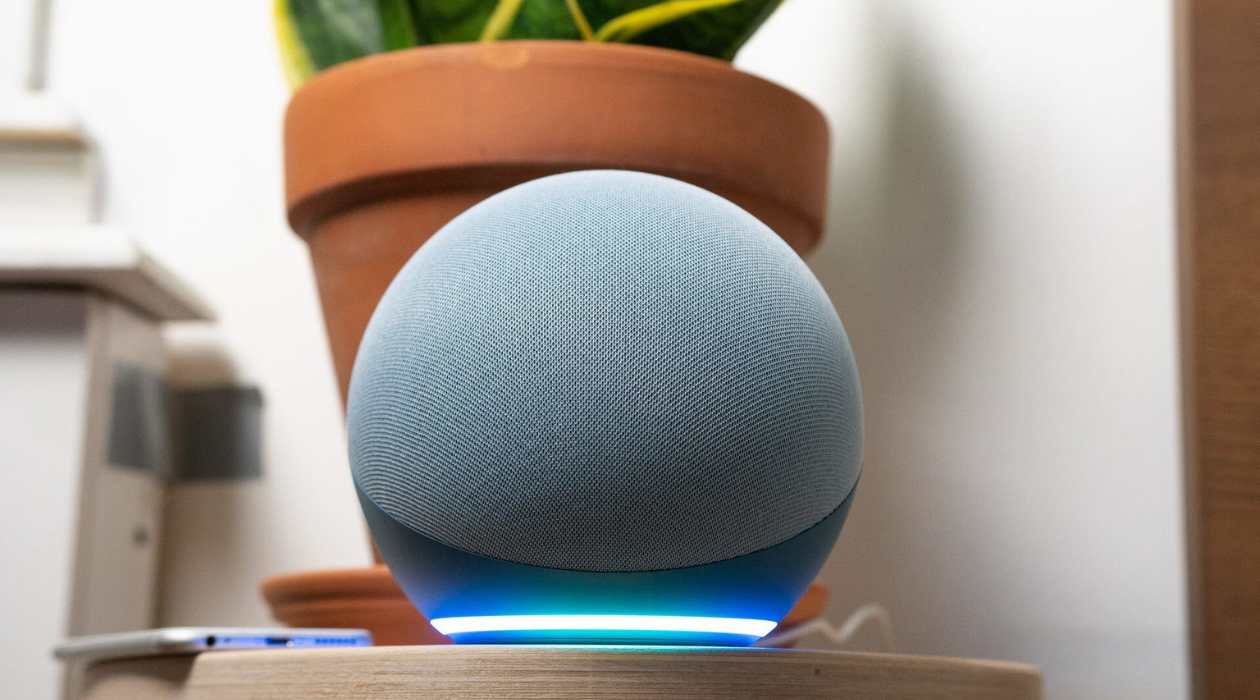
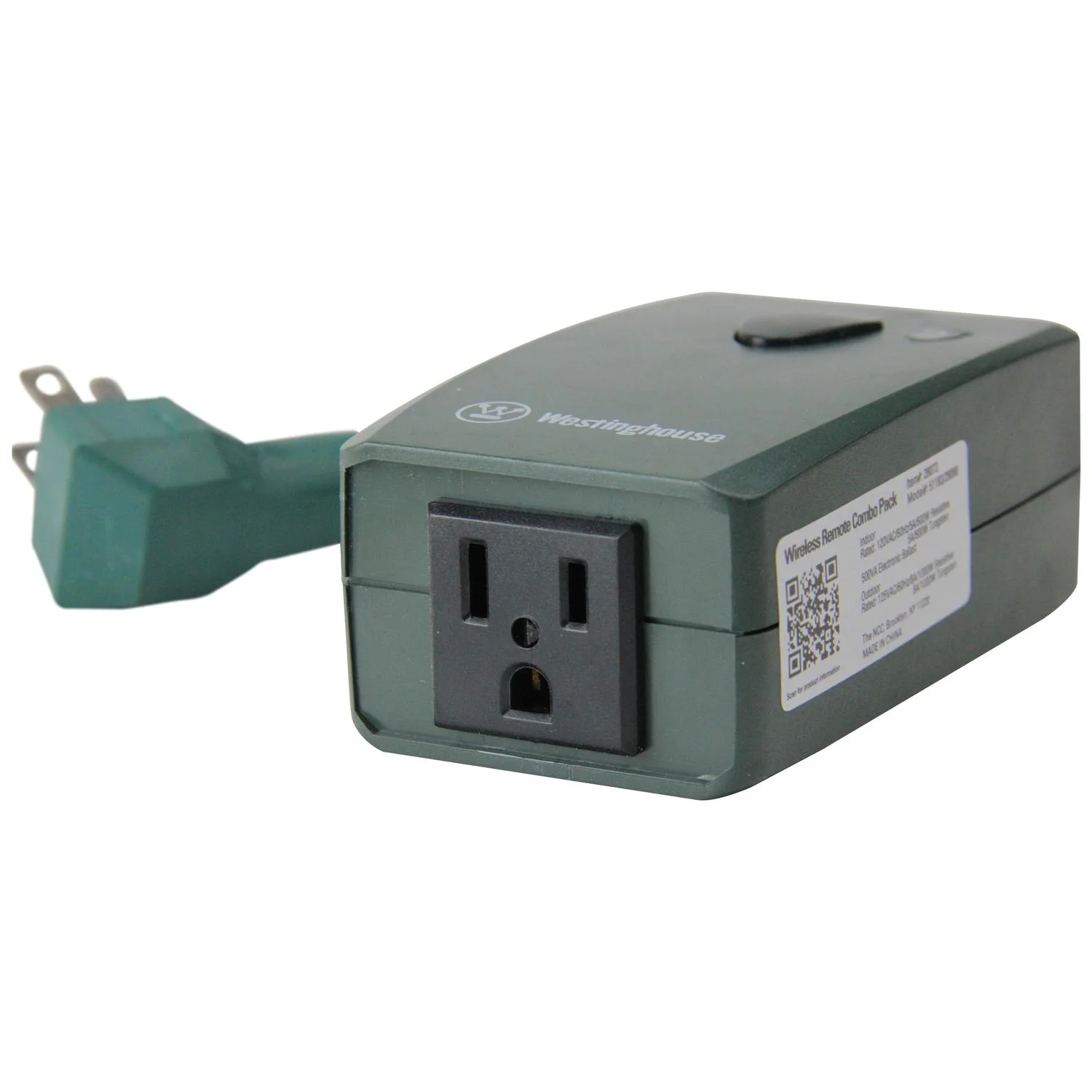
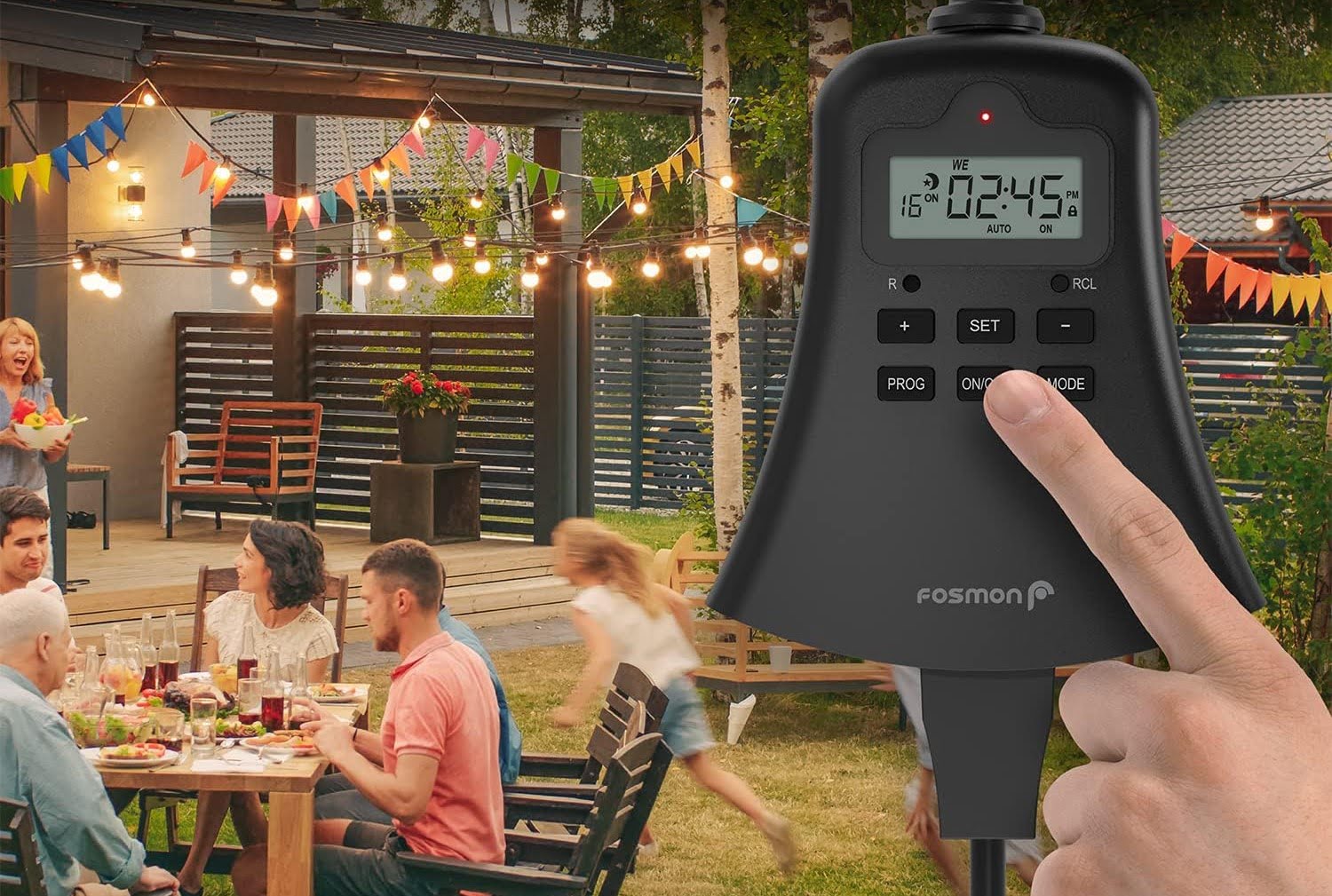
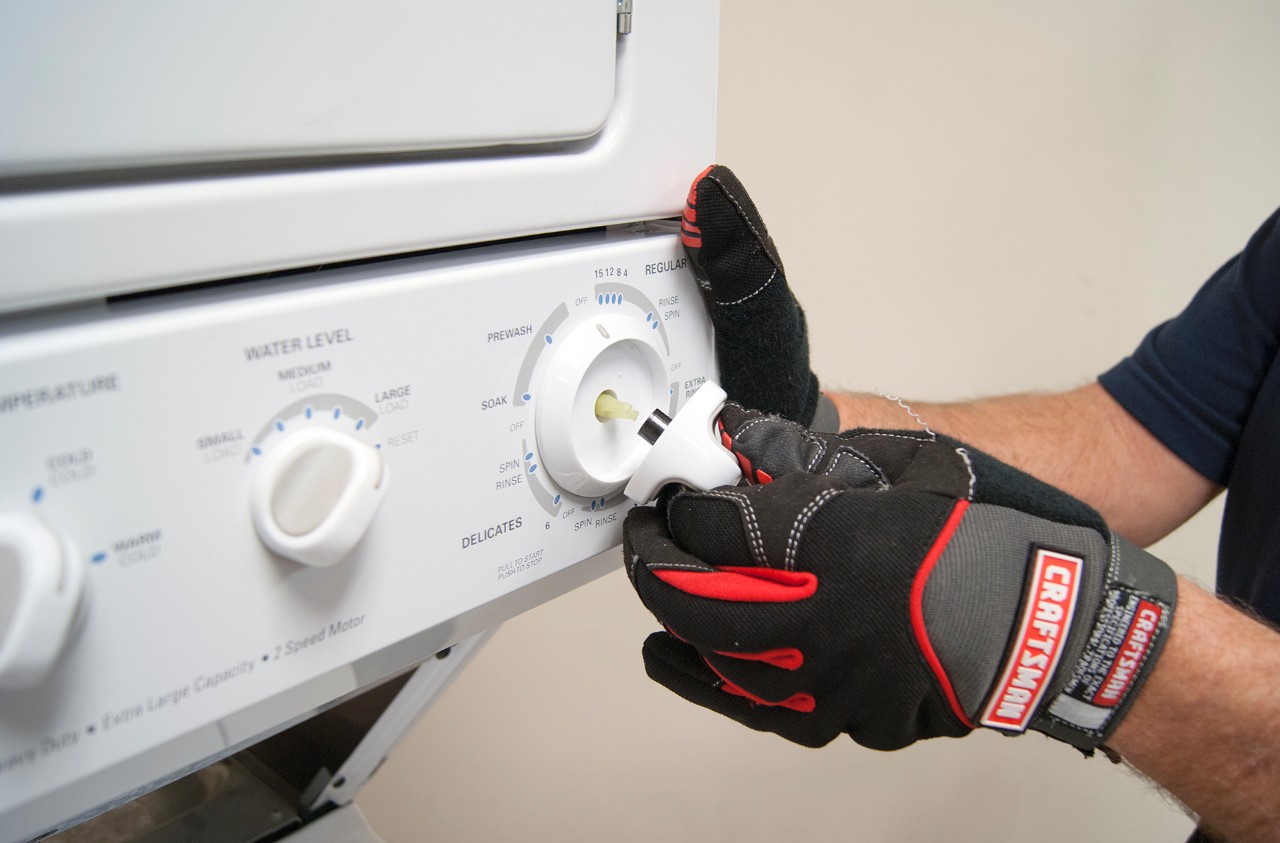
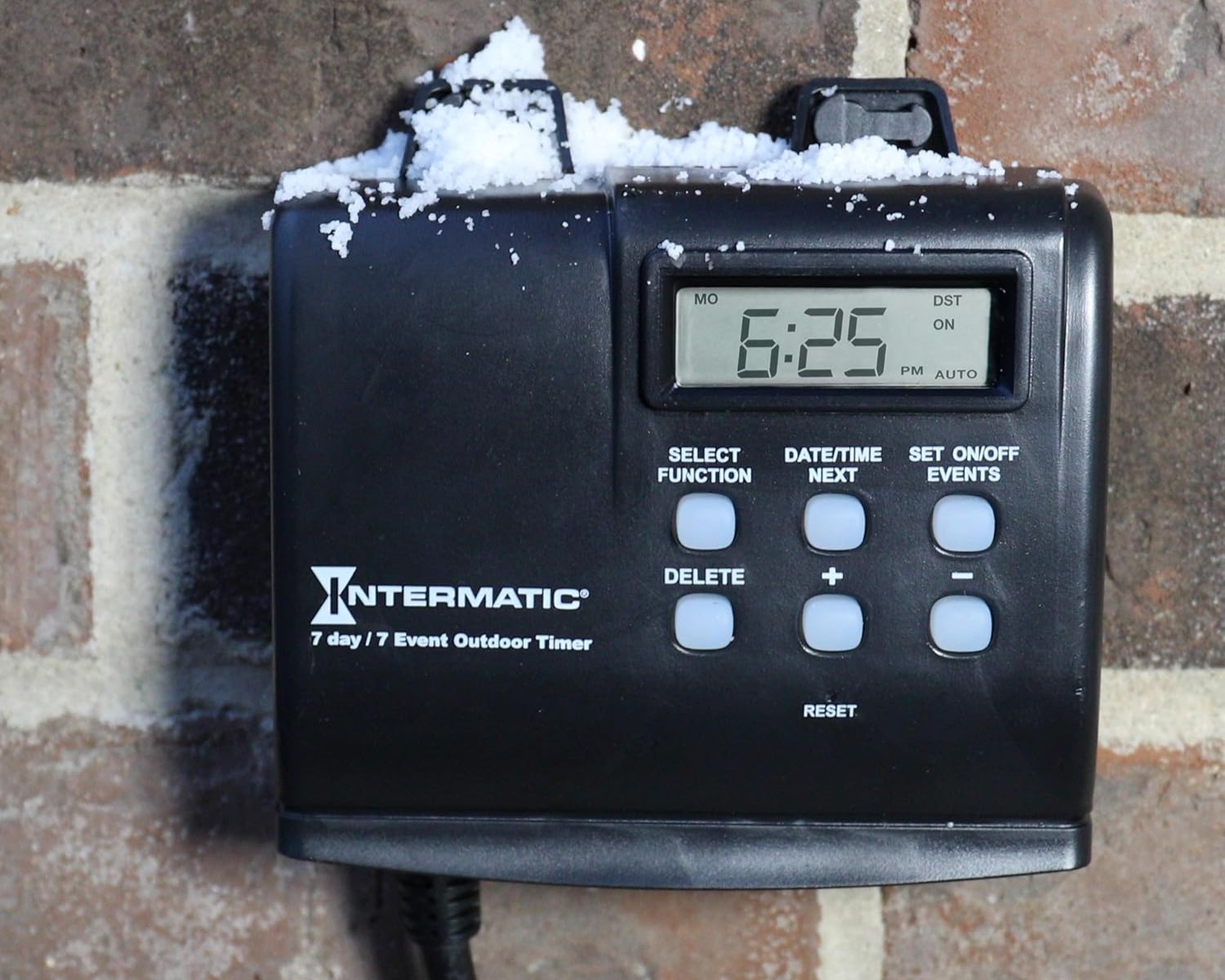
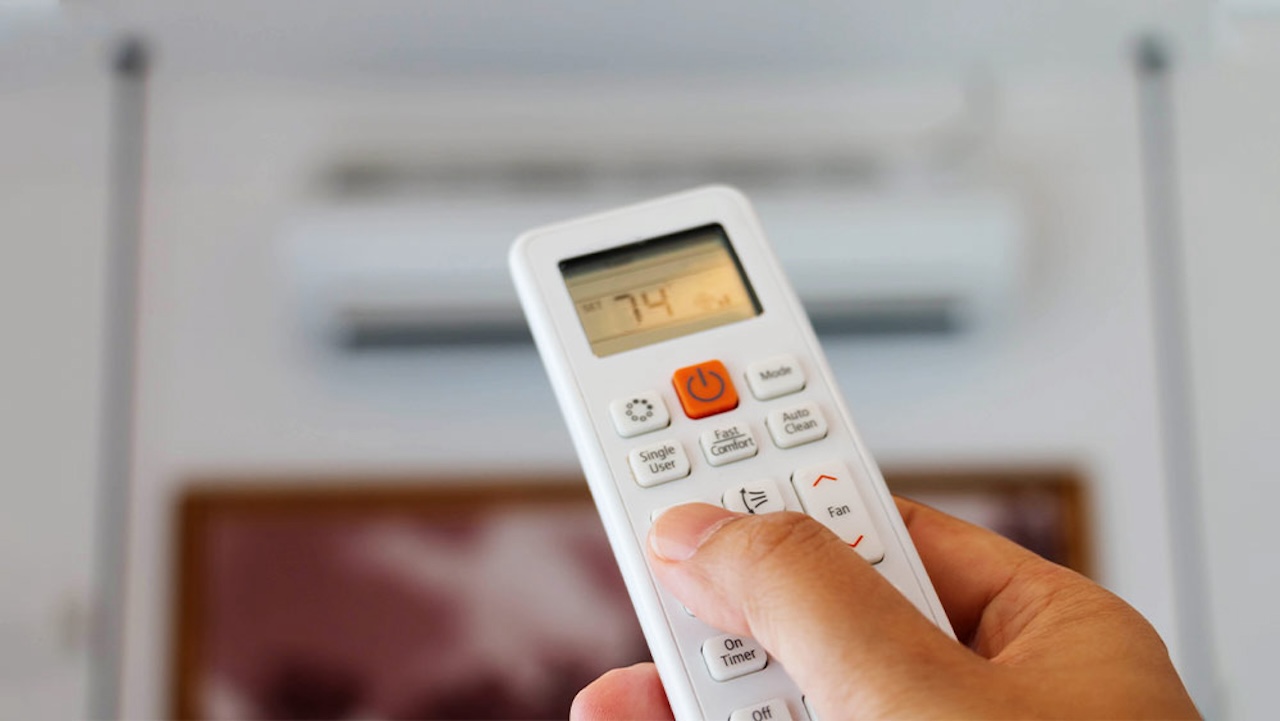
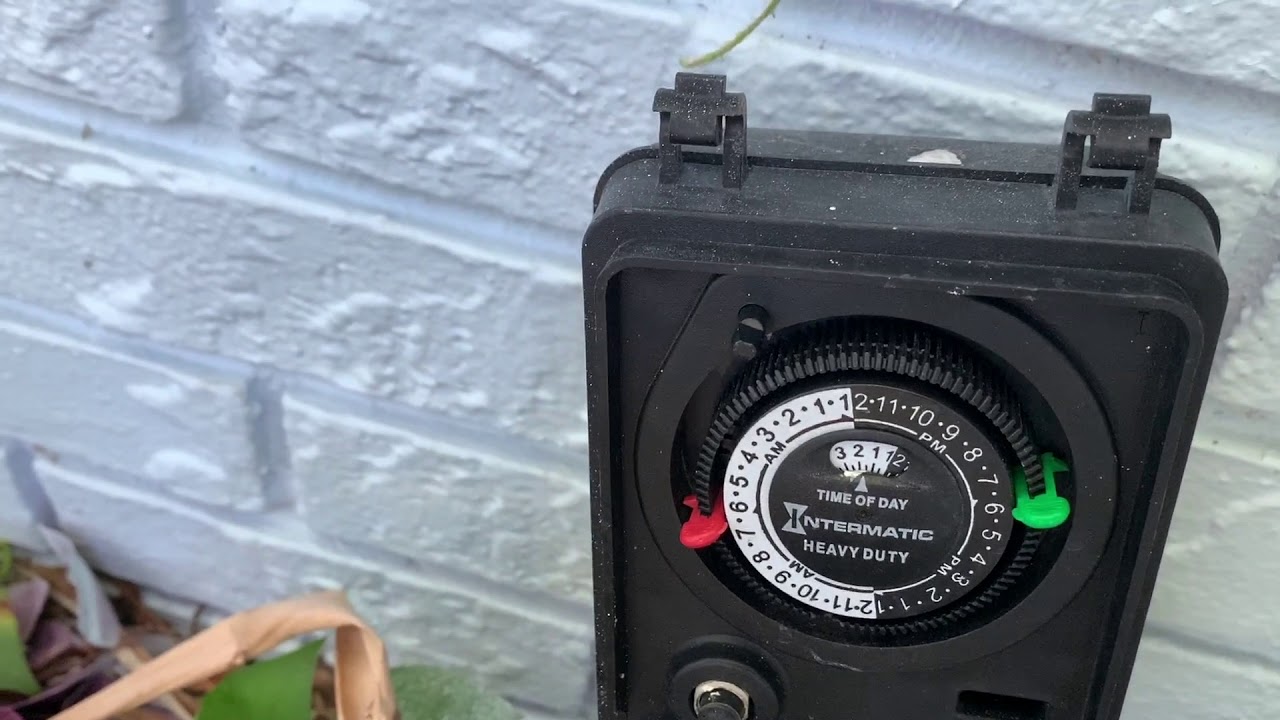
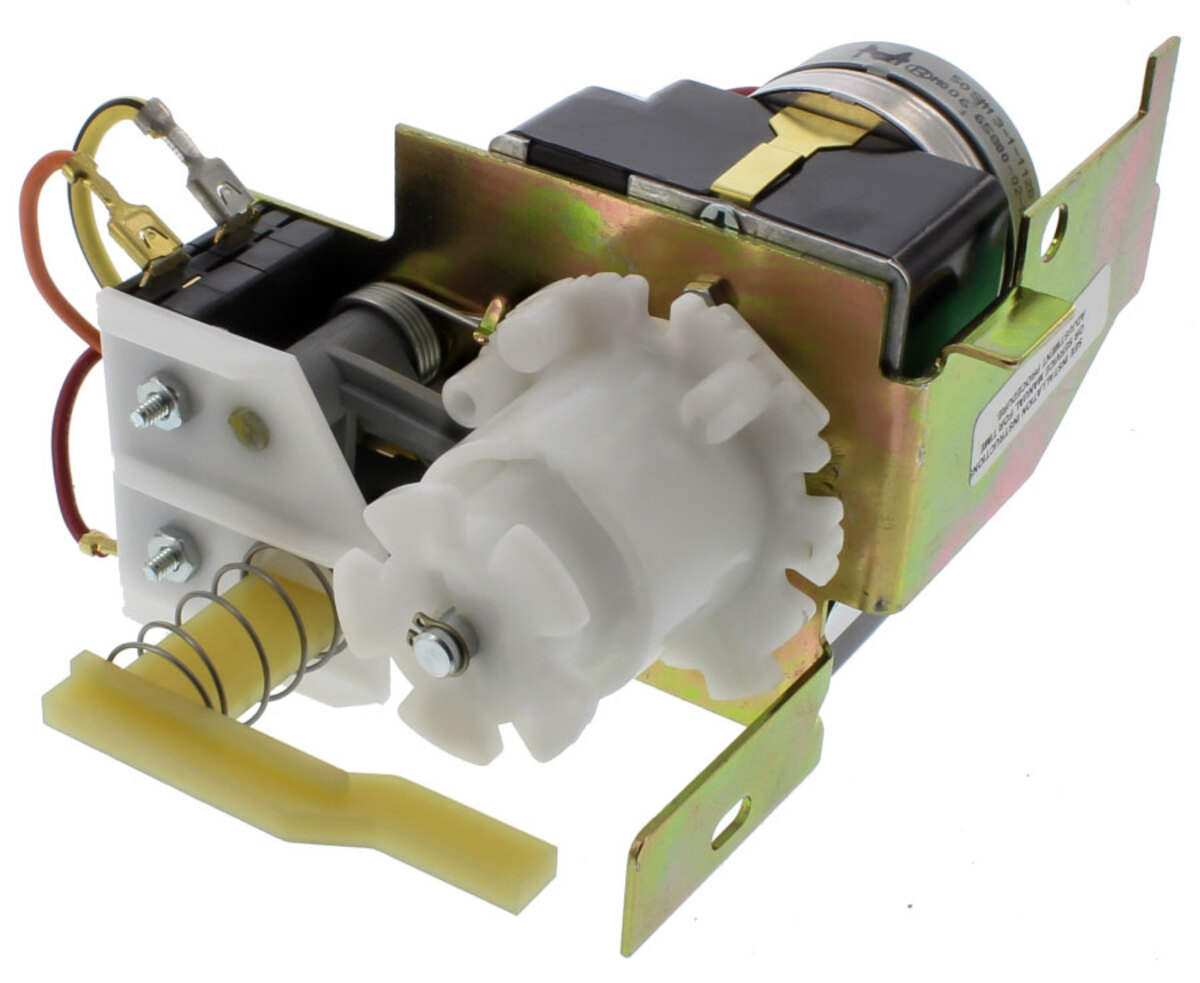
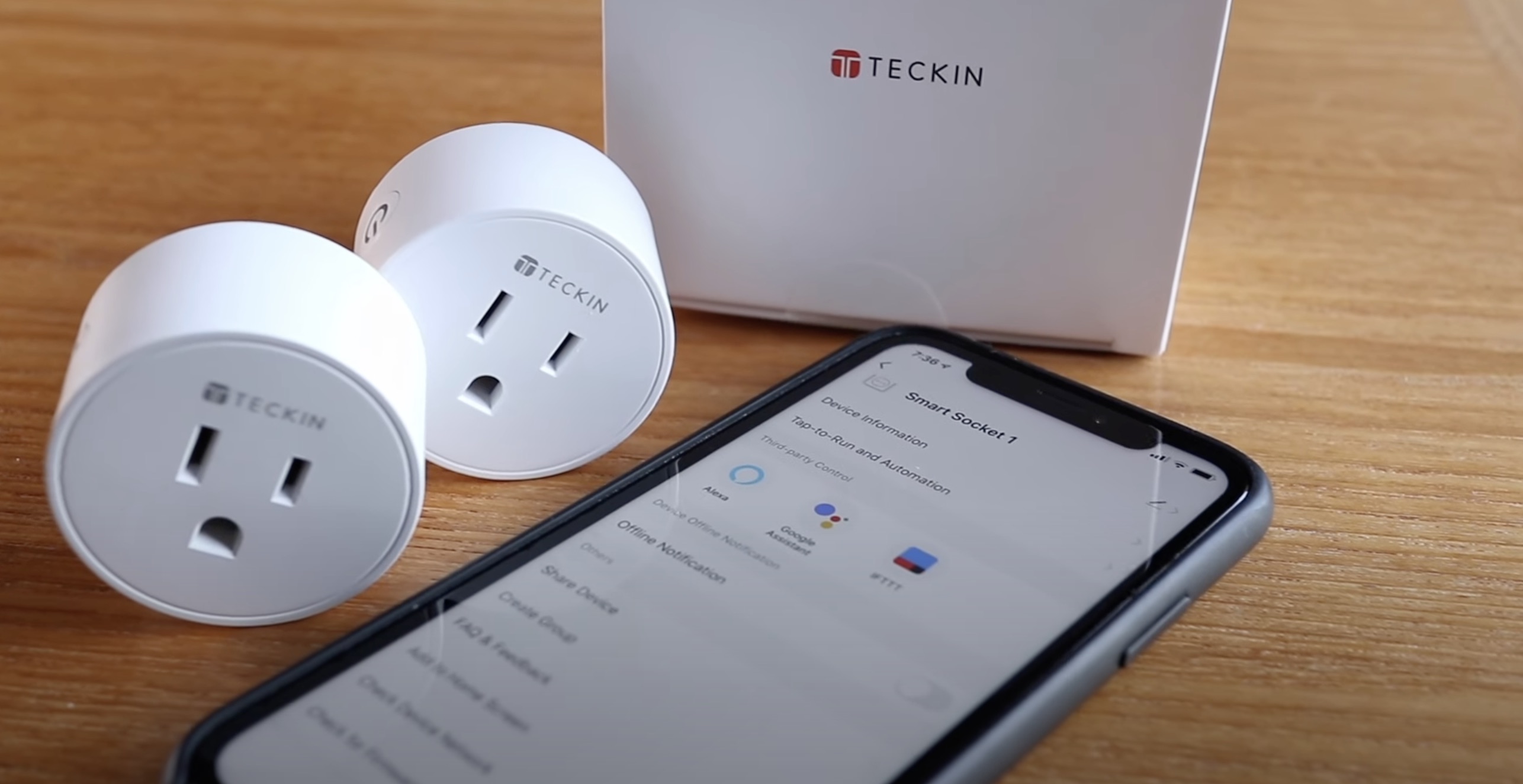
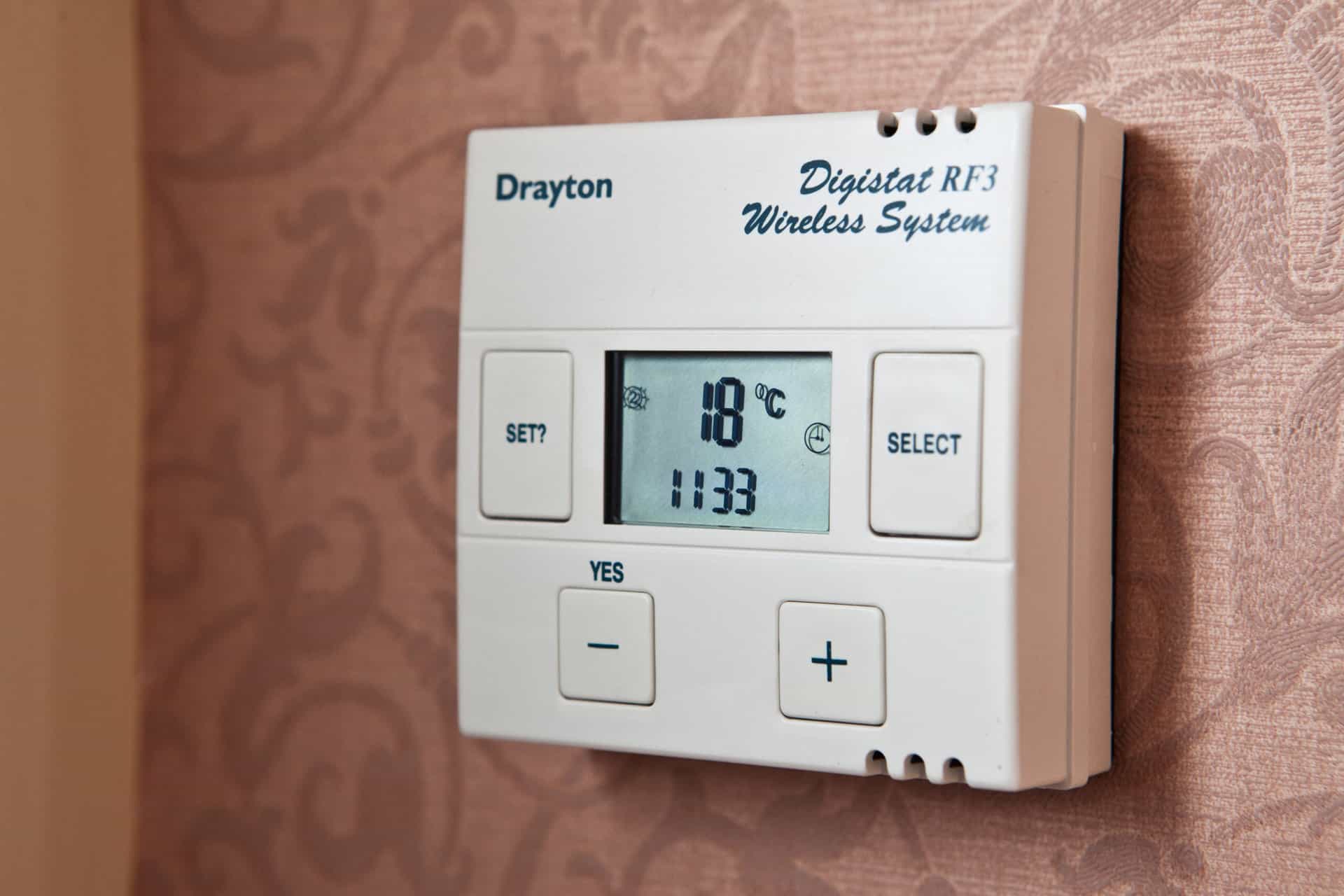
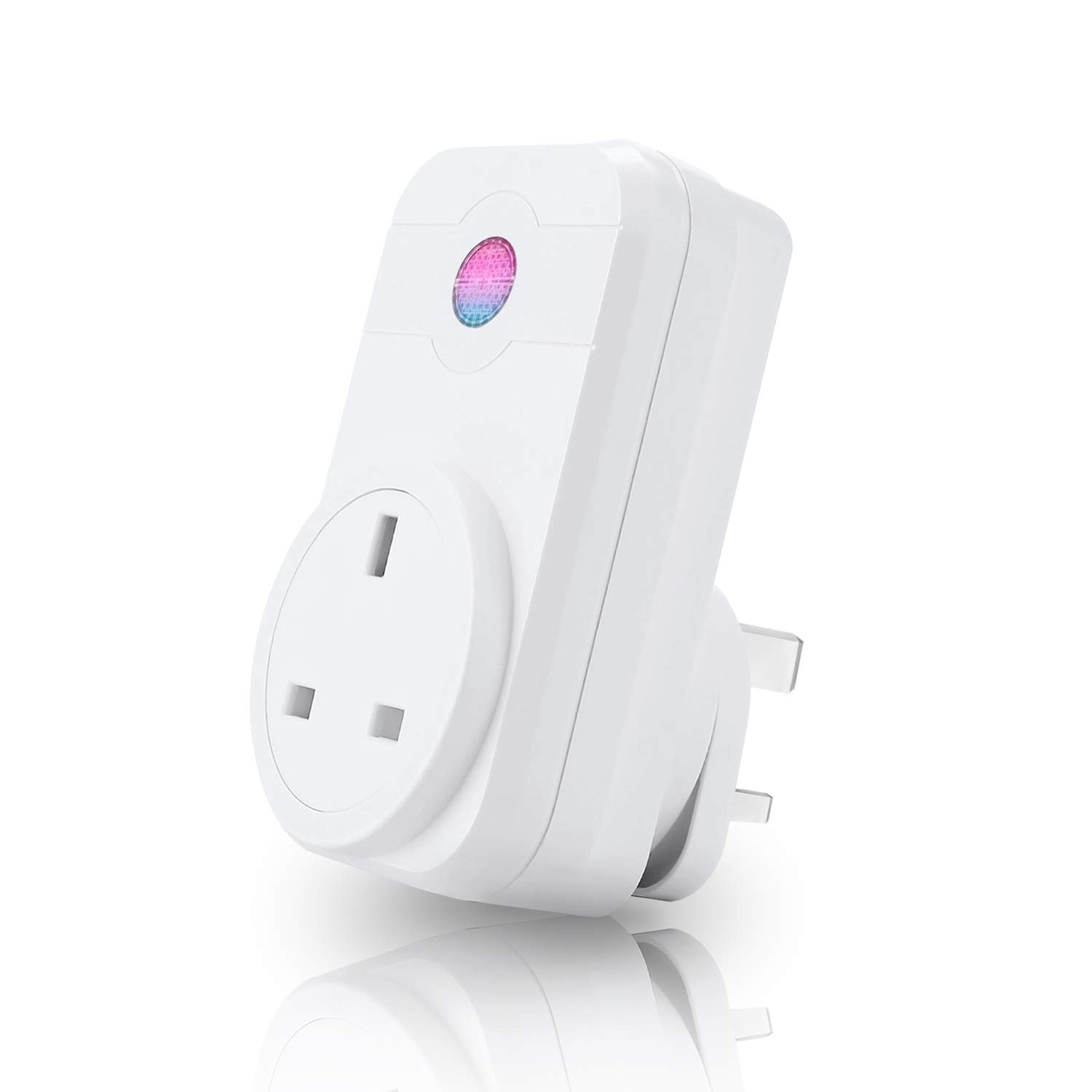
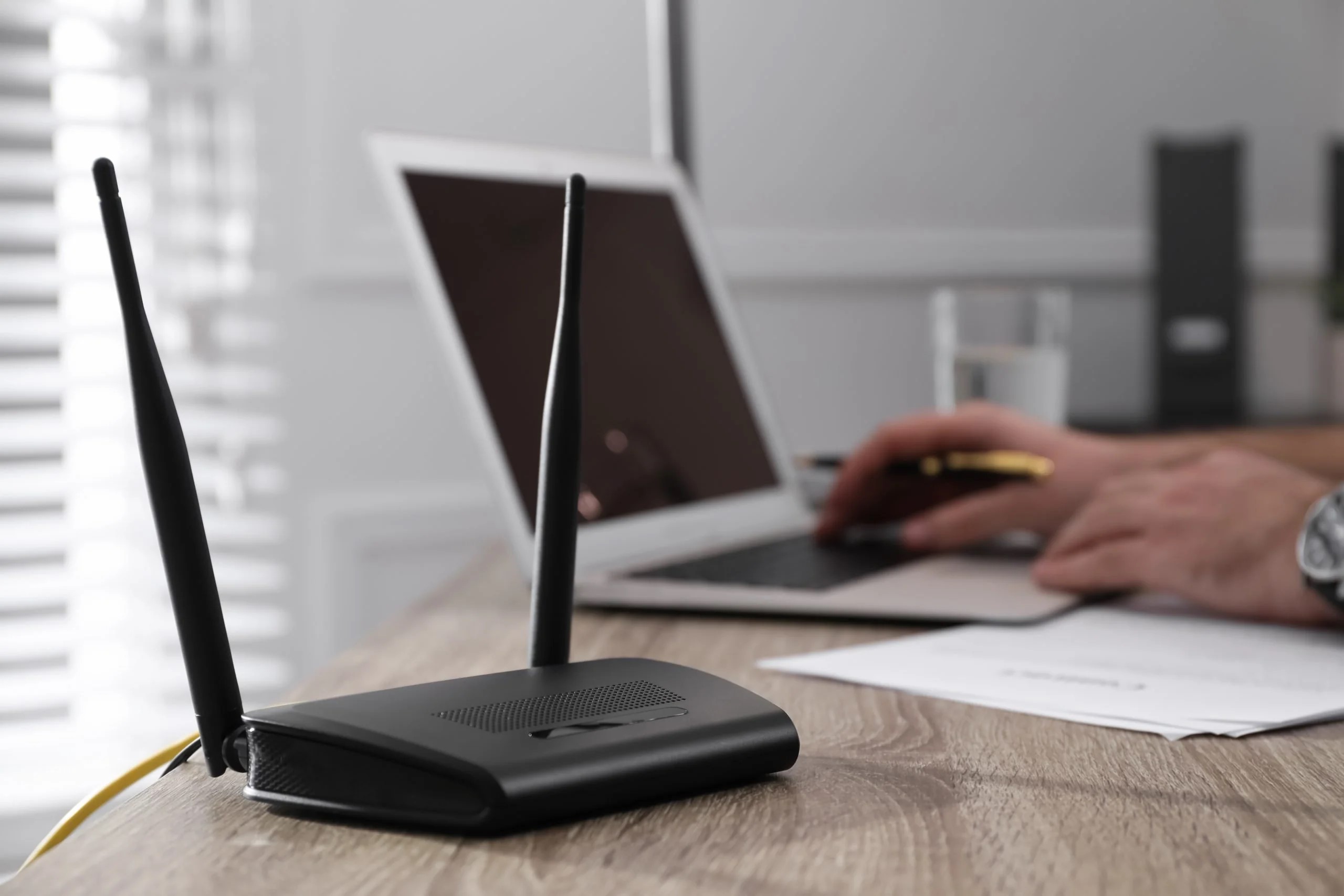
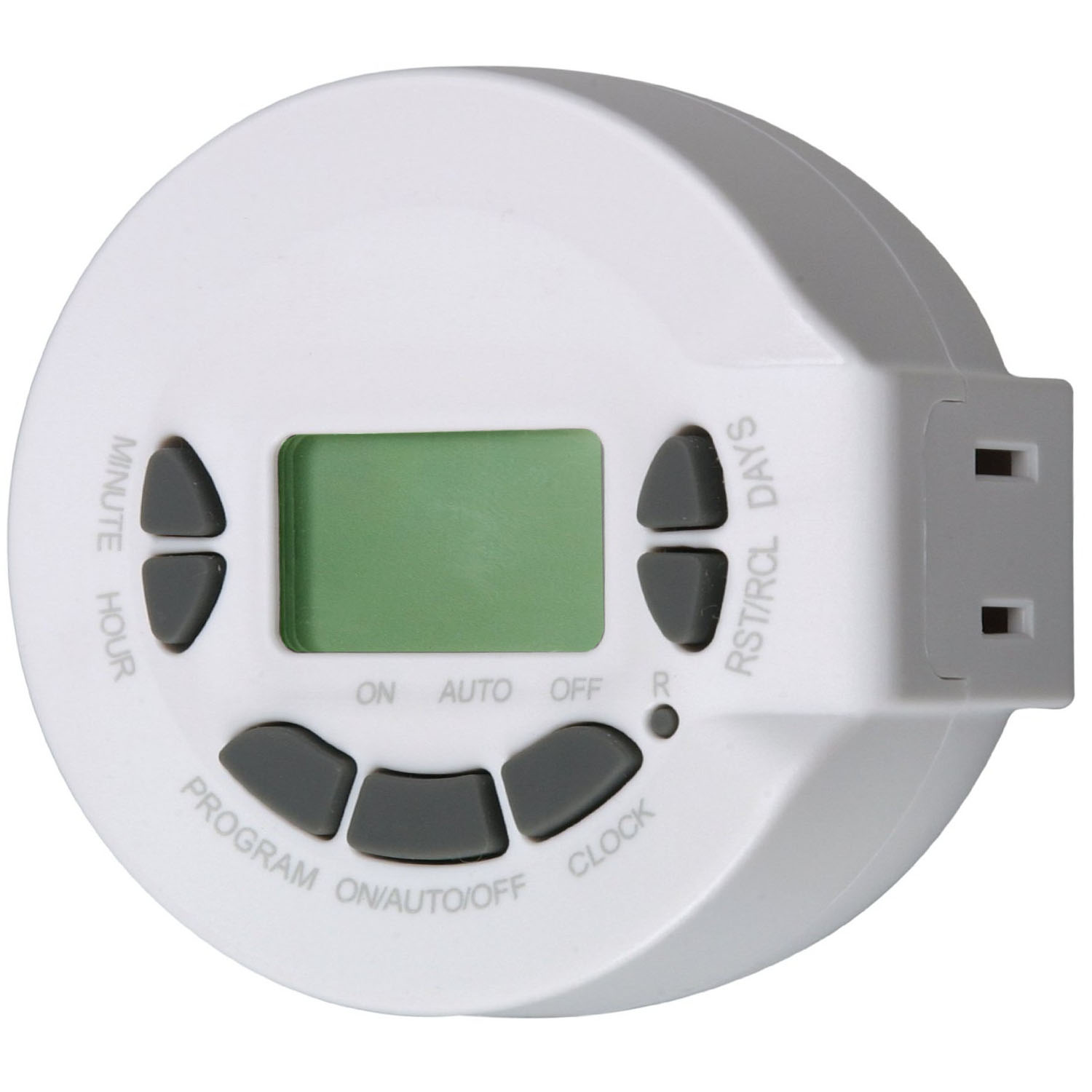

0 thoughts on “How To Set Timer On Thermostat”